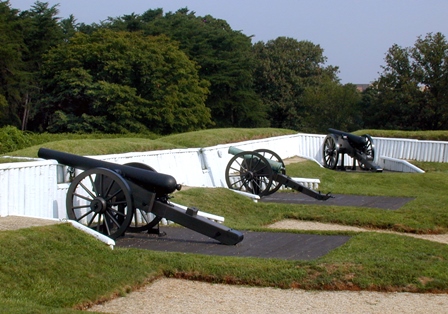
For a class assignment I had to select a public history site to visit that also has an online presence. I chose the Fort Ward Museum and Historic Site in Alexandria, Virginia.
Physical Site:
Fort Ward offers visitors an opportunity to experience a Civil War fortification similar to the dozens that once surrounded Washington D.C. from 1861-1865. The outside exhibits of the fort, include canons, a replica of the fort’s gateway, and a officer hut. The site also includes a small historical museum. Fort Ward tells the story of the Union troops that were rushed into Northern Virginia to defend the Capital early in the war.
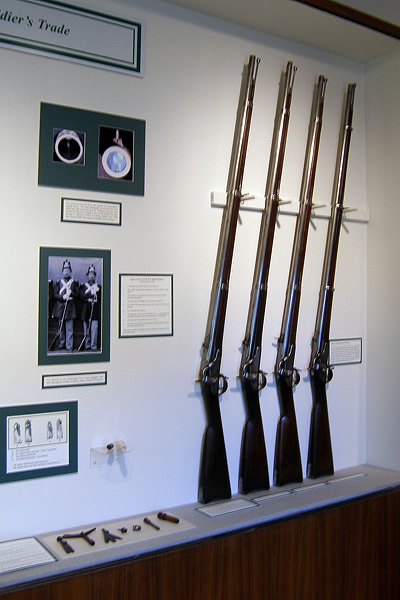
According to the museum’s website the permanent collection is diverse, with over 2,000 holdings that include: military equipment related to the infantry, artillery, cavalry and navy; edged and shoulder weapons; flags; musical instruments; medical equipment; uniforms and clothing accessories; cooking and mess equipment; artwork, primarily period prints of both Union and Confederate significance; documents; photographs; and artifacts excavated at Fort Ward.
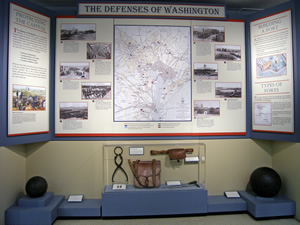
The museum is a time capsule of local history. Curators take full advantage of the small two story building, utilizing traditional glass cases, wall displays, and large textual presentations. The first floor, where all of the displays are contained, is small rectangular one room open space. In the center is a two sided central wall with displays as well as displays on the perimeter walls. Visitors are able to walk around the center wall and can take their time to stop and see all the displays. In addition to the displays there is a gift shop and a reference library on the second floor. There are no interactive displays, but there is one monitor and that provides visitors with an informative video of the fort’s history.
The museum is successful in its interpretation of a unique part of Civil War history. As the fifth largest fort in the Union Army’s formidable defense system, Fort Ward was considered to be a model of military design and engineering for the time period. The historic site offers education and interpretive programs, and living history activities throughout the year. Fort Ward also interprets Alexandria, Virginia as an occupied city, the city’s role as a vital Union Army crossroads, life within the Defenses of Washington, and the everyday life of Civil War soldiers and civilians. The site’s open space and museum is a favorite with families, history buffs, and Civil War reenactors.
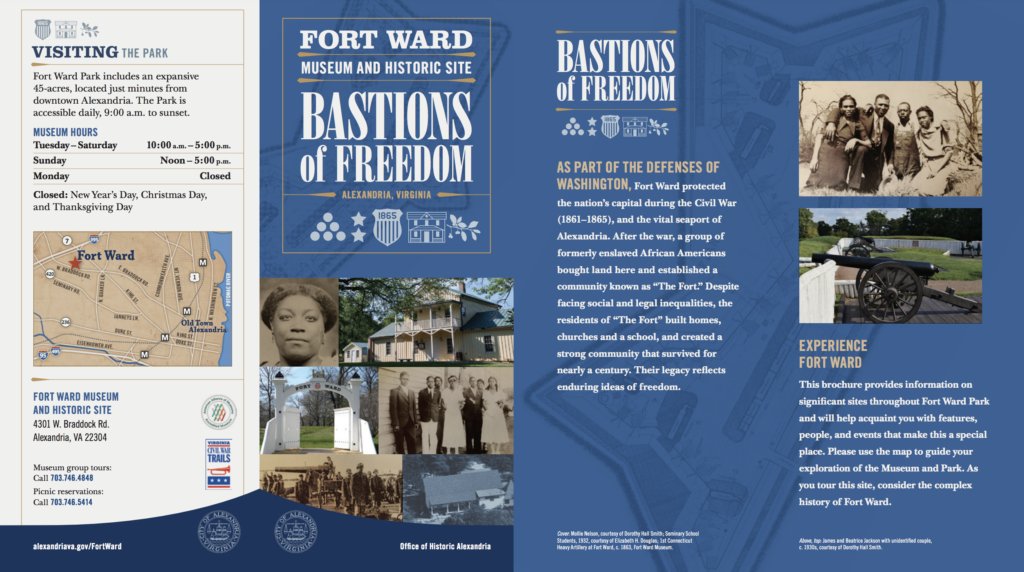
A new brochure available on Fort Ward’s website reflects a recent transition in the site’s historical interpretation. The history of the fort is now expanding to the post war experience of African Americans. After the Civil War the fort was abandoned and the land surrounding it was sold to many African American families. However, during the preservation efforts to save the fort in the 1950s there was need to relocate this 90 year old community. This new story will have an impact on the historical site’s efforts to provide a broader interpretation.
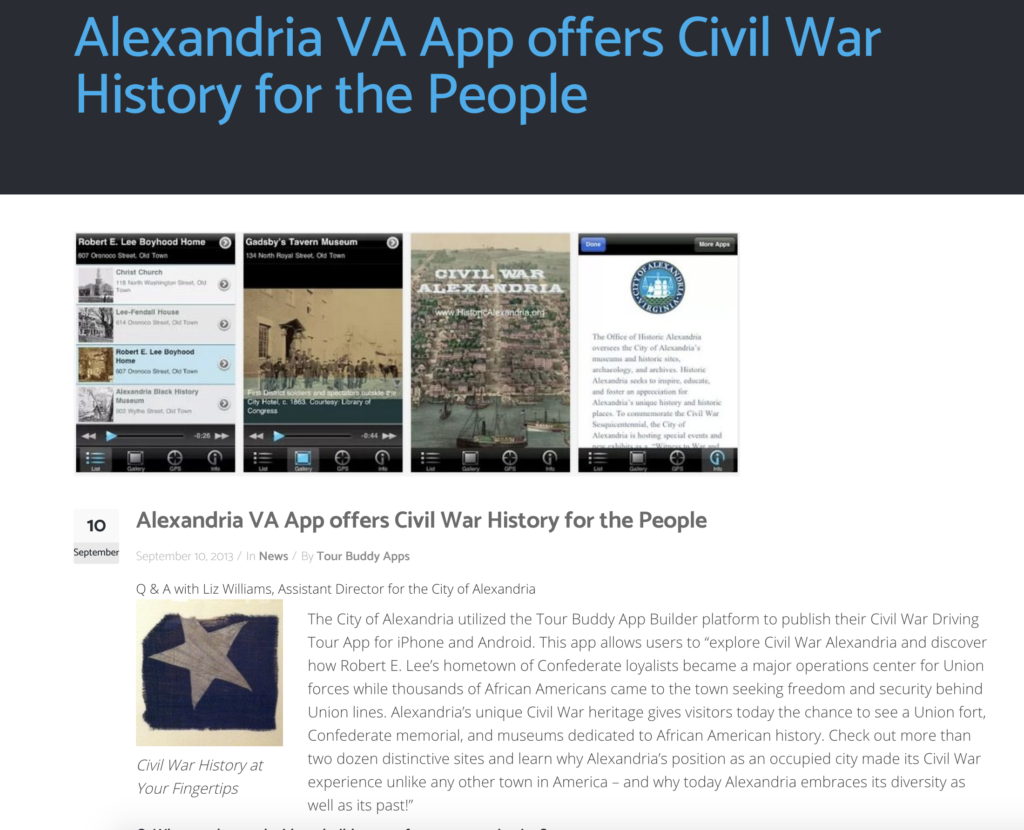
The City of Alexandria’s main site also offers a mobile application called “Civil War Alexandria”. It lists all of the major historic sites related to the Civil War., including Fort Ward It was introduced for the Civil War Sesquicentennial in 2011. This mobile application is dated and should be refreshed to include more detail for the major attractions for each historic site. This would provide visitors the opportunity to conduct more self-directed activities.
Digital Site:
As a result of the COVID-19 virus, the fort’s museum is currently closed to the public, and its staff are now having to turn towards social media to communicate with existing and potential visitors, as well as calling attention to their collections, exhibitions, and events. This has brought more attention to its online presence.
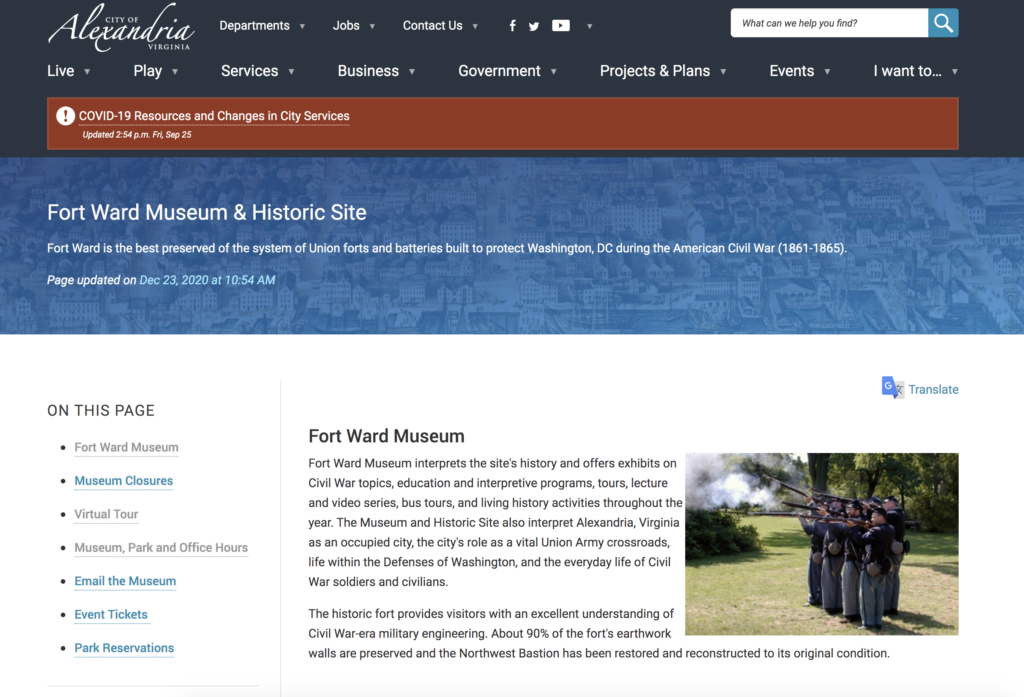
Fort Ward is part of a wider City of Alexandria focus on public history. Because the site is integrated into a higher level website architecture there are some basic problems with navigation and focus. To get to the web pages describing the fort you need to drill down several layers in navigation. https://www.alexandriava.gov/Museums#FortWardMuseumHistoricSite
Also, visitors looking for the museum’s through a search engine will have some confusion when landing on the higher level navigation pages. In addition, the overall site design is constrained by static links, and pages within page links. Despite these usability issues, the site provides a wide array of great historic content and information.
This includes:
- Museum’s collections https://www.alexandriava.gov/historic/fortward/default.aspx?id=39606#AbouttheCollections
- Educational Resources
https://www.alexandriava.gov/historic/fortward/default.aspx?id=37022 - Virtual Tour https://www.google.com/maps/@38.829284,-77.101822,3a,75y,339.72h,89.89t/data=!3m8!1e1!3m6!1sAF1QipNk0gUfDlfc5zcUjPWVxySVoiJmvegquJtdjS8j!2e10!3e11!6shttps:%2F%2Flh5.googleusercontent.com%2Fp%2FAF1QipNk0gUfDlfc5zcUjPWVxySVoiJmvegquJtdjS8j%3Dw129-h106-k-no-pi-0-ya0-ro-0-fo100!7i11052!8i5526
The museum’s site was designed prior to COVID-19 and it does not offer any social media engagement. While it is intended for those interested in history, and visiting the museum, the web pages lack a defined focus for either researchers, educators, and local historians. The site would benefit with more virtual and video components. For example the museum should expand on its efforts to personalize the history of the people associated with the fort and Alexandria. As demonstrated in this recent Christmas video.
Since Fort Ward is such a unique historic experience it should have its own website and social media presence. Online access to content management systems as well as the popularity of social media presents an opportunity for the museum.
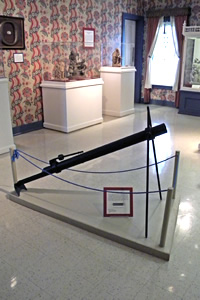
The current problem facing the museum lies in the effort to make physical collections accessible online and online material accessible at the physical sites. The museum has thousands of items in its collections. But most of these remain hidden and inaccessible to both physical and online visitors. The museum needs to develop a long term strategy to leverage online content management services that will permit many of the items to become more accessible. For example, the physical site should leverage new mobile applications that connect visitors with online content. And the online content should be integrated with the physical collections. There is no longer a need to invest in expensive onsite interactive displays. Let users take advantage of their own devices.
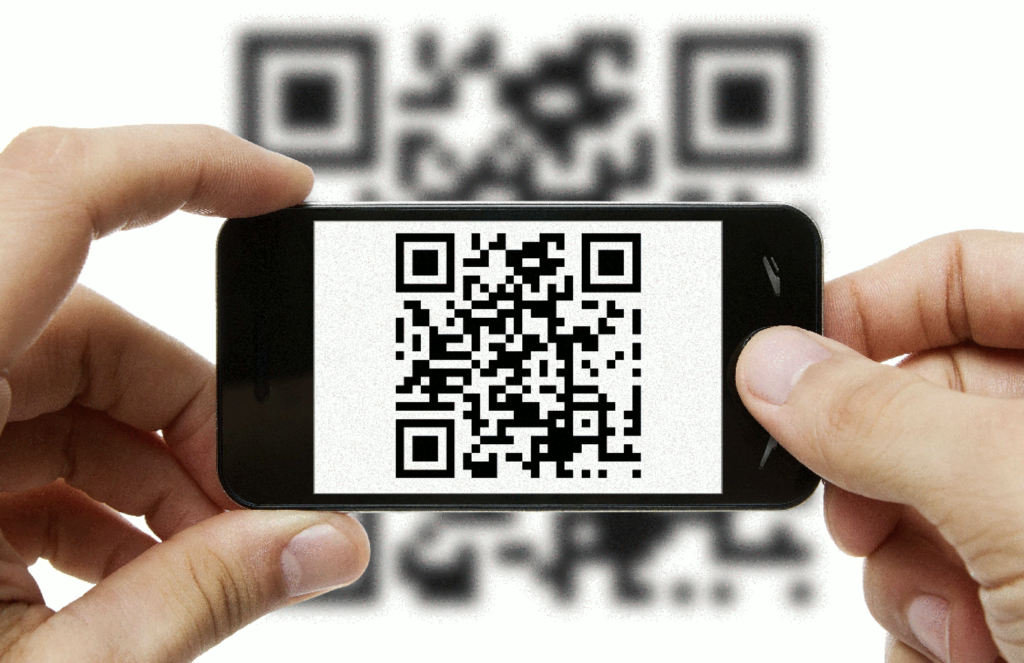
For example the museum can integrate QR scan codes at onsite displays. Visitors using their mobile devices could scan a code that would link to the website’s description of the object or a video.
Another problem is that Fort Ward does not have its own social media branding. Instead it is part of a broader social media strategy with Alexandria government. Leveraging social media enables museums to engage with the public and let visitors expand their experience. The following goals are usually associated with social media strategies.
- Sharing News
- Brand Recognition
- Historic Education
- Fundraising
- Volunteer Recruitment
Small museums like Fort Ward can use social media to make the curation process more transparent. Followers could watch a video of exhibition designers mapping out the early stages of a new exhibition or an interview with educators and curators on particular subjects. Sharing internal museum processes with the public can be an important driver behind online public engagement.
Recommendations:
A more defined and focused social media strategy could help staff get to know their audience better. This will require:
- A review and analysis of Fort Ward’s current online presence.
- Evaluation of available media content, and determination of what additional content needs to be created and posted.
- Review usage of analytics and reporting metrics.
- Review of social media engagement management.
Fort Ward could easily post status updates to Facebook that appear on followers’ news feeds, or create photo albums to show their collections and tag visitors who have attended events. Facebook and other social media provide well-defined analytics that would help Fort Ward gauge their followers’ interests. Analyzing individuals’ public comments, or the number of times a post has been ‘shared’ or ‘liked’ demonstrates a museum’s success at engaging followers via this platform. Finally social media analytics provide demographic breakdowns of visitors who engage online, such as gender and age. This is valuable information for the institution to have because it can tell them who is likely coming to the museum, and more importantly, who is not.
Social Media Content Ideas
Creating and implementing a social media strategy can be difficult. Fort Ward’s staff should experiment with creating “friends of the fort” social media sites on Facebook, LinkedIn, Instagram, etc. Volunteers and staff could post periodically:
- Sneak peeks at something the average visitor doesn’t get to see or special events.
- Interview a donor about why they support the museum and tell visitors how they can become a supporter.
- Introduce museum staff and their contributions.
- Feature a product from the gift shop.
- Write a post specifically for younger audiences.
- Post photos and videos from events while they are underway.
It is clear from this assignment that museums like Fort Ward can no longer see their physical and online sites as separate entities. The popularity of social media is driving the need to integrate the management of both.